
I have noticed something…actually not noticed something. I haven’t noticed polarizing filters on other photographer’s lenses. Often when I am around other photographers I will casually try to take notice of what is on their lenses. (yeah yeah that sounds weird I know…) Aside from seeing LOTS of lens hoods turned backwards…
Wait quick tangent…in regards to backwards lens hoods…why do people do this? They can’t protect your lens or block stray light unless they are on correctly. Makes no sense to me! If you have a lens hood…USE IT!
Ok back on topic…I rarely see a polarizing filter on lenses…especially in places where they would seriously benefit from one. You can read up on how polarization works elsewhere, but a polarizing filter basically lets you rotate it around and adjust how reflections are placed in your scene. (super brief explanation!) This has huge benefit in so many situations. Lets see-
Outdoors – richer skies, richer foliage
Outdoors in the wet – no glare on foliage, richer colors all around
Water – removal of surface reflections, slows shutter speed
Cars and other metal surfaces – change reflections on the surface
Products – change reflection or flatten the surface
Slows your shutter by 1 – 2 stops depending on the polarizer
These are just some basic scenarios. If I will be anywhere near water, I almost always leave the polarizer on my lens. You can rotate it so it has less influence on the scene.
Here are some examples:
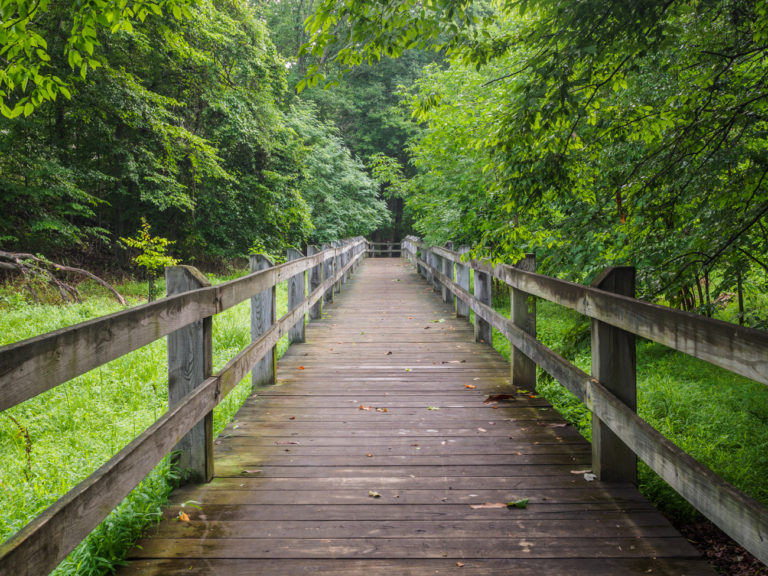
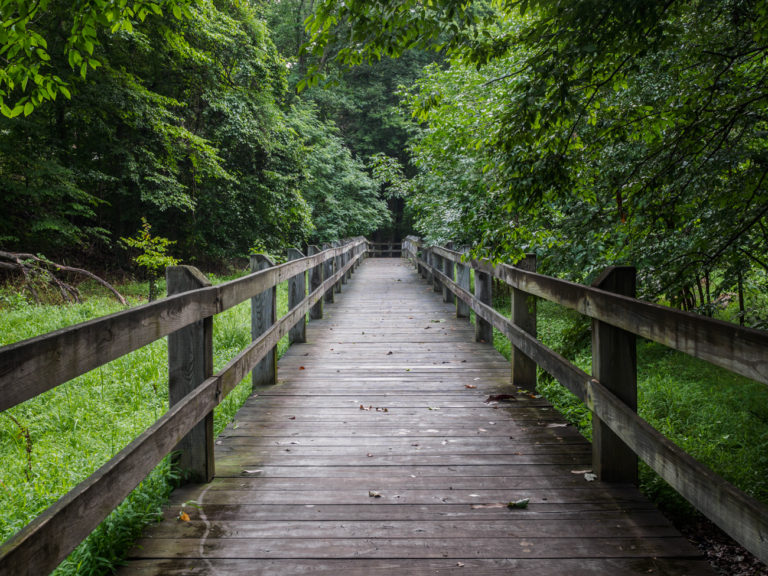
Look at these two images. This was a rainy day at a local park. Take notice of the green leaves and the wooden path especially. Glare, color, richness, everything just is so much more appealing and alive in the top image. Then again, someone might prefer the bottom image. It is easy enough to make both versions by just rotating the filter and making a shot. Polarization is something you cannot simulate in photoshop later. It is just not possible. (as far as I know…especially in water based scenes)
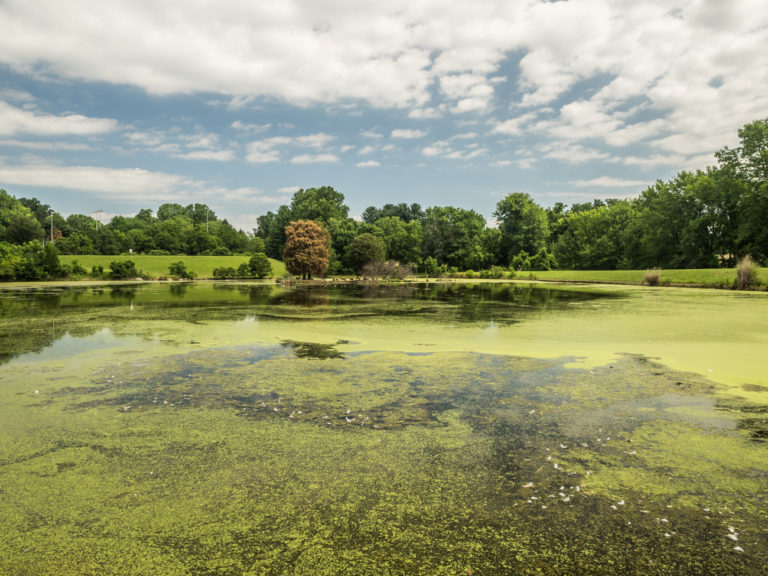
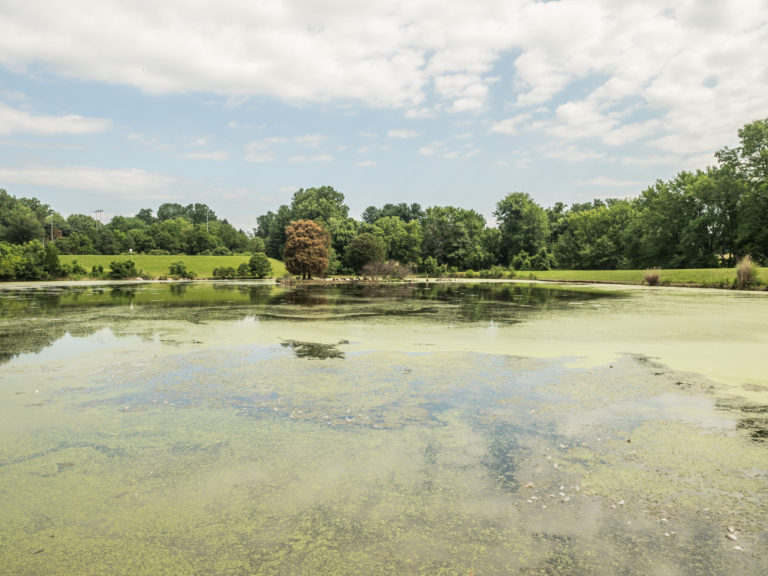
Here is a more simple example. The image on the bottom is what I see a lot of people making. It’s around noon, harsh lighting, water…the image looks fine. Not the best, not artwork, but not a bad image. Just by simply rotating the polarizer you get the image on the top. The sky, the water, the leaves, everything just takes on richness. So much better.
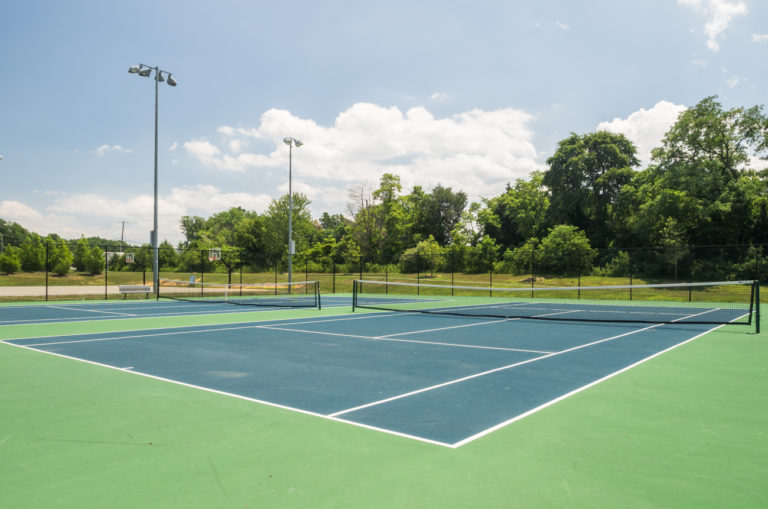
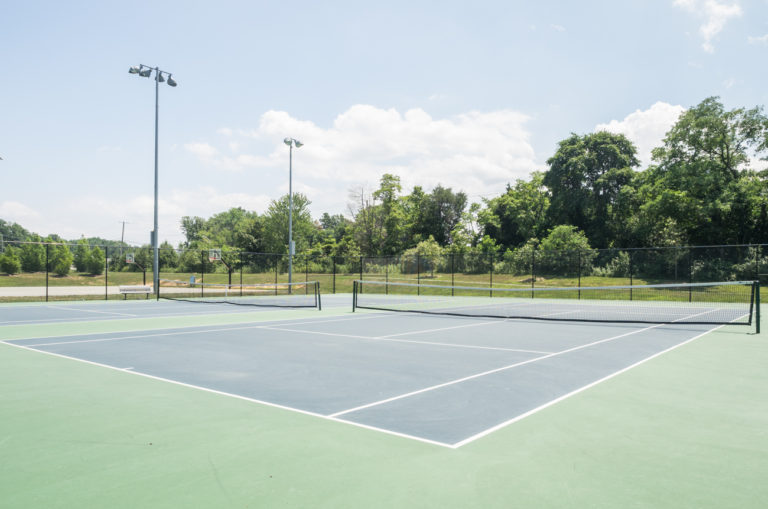
Here is yet another example of shooting at midday. Most people would have waited for better light, but I didn’t have that option. This image was part of a set of images for a client. These are un-edited images I am showing you. The polarizer on version of this shot has so much better color and the court has little glare and better definition. A much better starting point out of camera for editing.
If you shoot waterfalls, or rivers, a polarizer should always be on your lens. Rotate it and see what a dramatic difference it makes! You will see the rocks under the water surface! If you ever need to shoot at noon under harsh light, use a polarizer and adjust it for each scene. You will get much better color. Be careful with very wide angle lenses though. Even at 12mm (or 24mm-equiv.) and wider you can get uneven skies with a polarizer. A very dark spot surrounded by lighter areas is what happens as part of the sky is polarized and the other part isn’t. I dial it down a bit in that scenario.
I generally use a 77mm polarizer and step down rings to adapt it to all my lenses. My preference is Singh-Ray Filters. I use their LB Warming polarizer. I have no benefit from sharing them, I just recommend what works for me. They are expensive but worth it. You get no coloration or abnormalities from their glass, and they don’t slow your lens down as much as others. I have also had good luck with B+W. I keep two B+W polarizers on hand when I am working with multiple lenses and can’t switch the filters off while i’m working. The Singh-Ray are hands down amazing. You can also get them in several combinations of neutral density or color enhancers. Cool stuff.
Often you will find a polarizer on my lens instead of UV filter. Give it a try if you haven’t. Your images right out of camera will definitely get stronger.




Nice article. The Singh Ray filters are quite expensive. I notice that they are not coated for reflections like some of the others. Have you found this to be a problem? I’m think about this for my new 12-100 Olympus Pro lens.
Thanks!!!!
Honestly I never realized they weren’t. When you mentioned that I looked it up. Sure enough they are confident in their process and find multi-coating unnecessary. Whatever they are doing seems to work. I can say the difference is there. There is nothing like the vari-n-trio for example. Polarizer, color boost filter, and vari-nd that doesn’t impact sharpness or quality…amazing.
I have never had any case of ghosting or flare or anything else because of one of their filters. I have had cheap filters before and can definitely say they are not worth it. The Singh-ray stuff definitely has visibly better quality/results… especially when it comes to neutral density and long exposure. Just depends how good you need. I’ve had cheaper nd filters that introduced colors on me after just 60 seconds of exposure.
Thanks Tony for your informative articles.
I totally agree with lens hoods that I so often see mounted backwards!
Concerning polarizing filters, I think that they do NOT work with light reflected by “Cars and other metal surfaces”, while they will help you see through the windows (glass).
See https://en.wikipedia.org/wiki/Polarizing_filter_(photography):
“Light reflected from a non-metallic surface becomes polarized.”
Try it out…the reflections and highlight areas on the metal surfaces and glass change. So on a car if you want dark windows without the sky reflected, or if yo want a bright highlight, you just rotate the polarizer. Same for the paint. Obviously light has to be hitting the vehicle, and it still applies to light that is more 90-degrees based…so angle and such will apply…but it works.